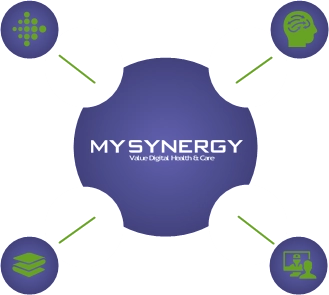Cost-effectiveness analysis helps health organizations optimize resource allocation, prioritize interventions, and make evidence-based decisions.
Cost-effectiveness analysis
Cost-effectiveness analysis is a critical tool for health-related organizations as it helps to identify the most effective and efficient ways to allocate resources and prioritize interventions. By evaluating the costs and benefits of different healthcare interventions, organizations can make informed decisions about improving patient outcomes and controlling healthcare costs.
Cost-effectiveness analysis considers the impact of various interventions on patient outcomes, such as improved health status, reduced hospitalizations, and increased life expectancy, and balances this against the associated costs. This helps organizations determine which interventions offer the best value for money and which may need to be modified or replaced.
Furthermore, conducting a cost-effectiveness analysis can help health-related organizations make evidence-based decisions about allocating their limited resources. This information can inform funding decisions, resource allocation, and policy formulation.
By using cost-effectiveness analysis to make informed decisions, health-related organizations can ensure that they are providing high-quality, cost-effective care to patients and are using their resources in the most efficient way possible.
In summary, cost-effectiveness analysis is an important tool for health-related organizations as it helps to optimize resource allocation, prioritize interventions, and make evidence-based decisions. This ultimately leads to improved patient outcomes and more cost-effective healthcare delivery.







